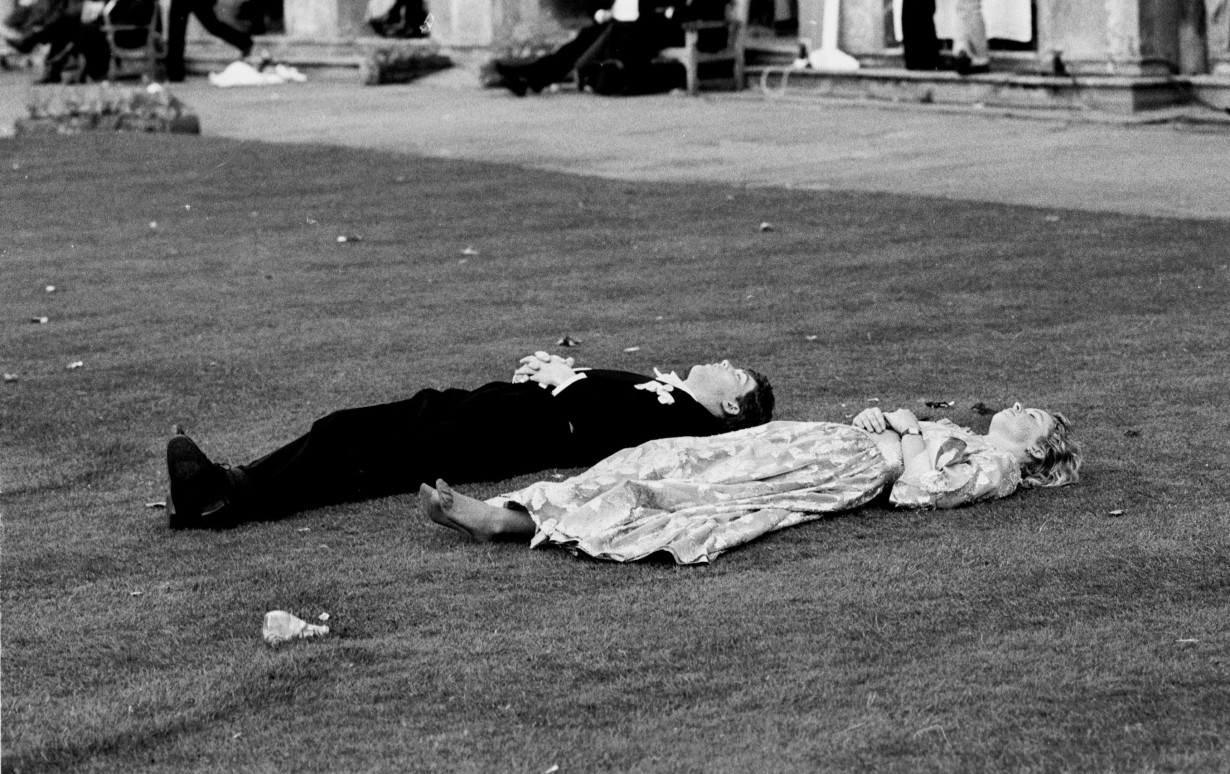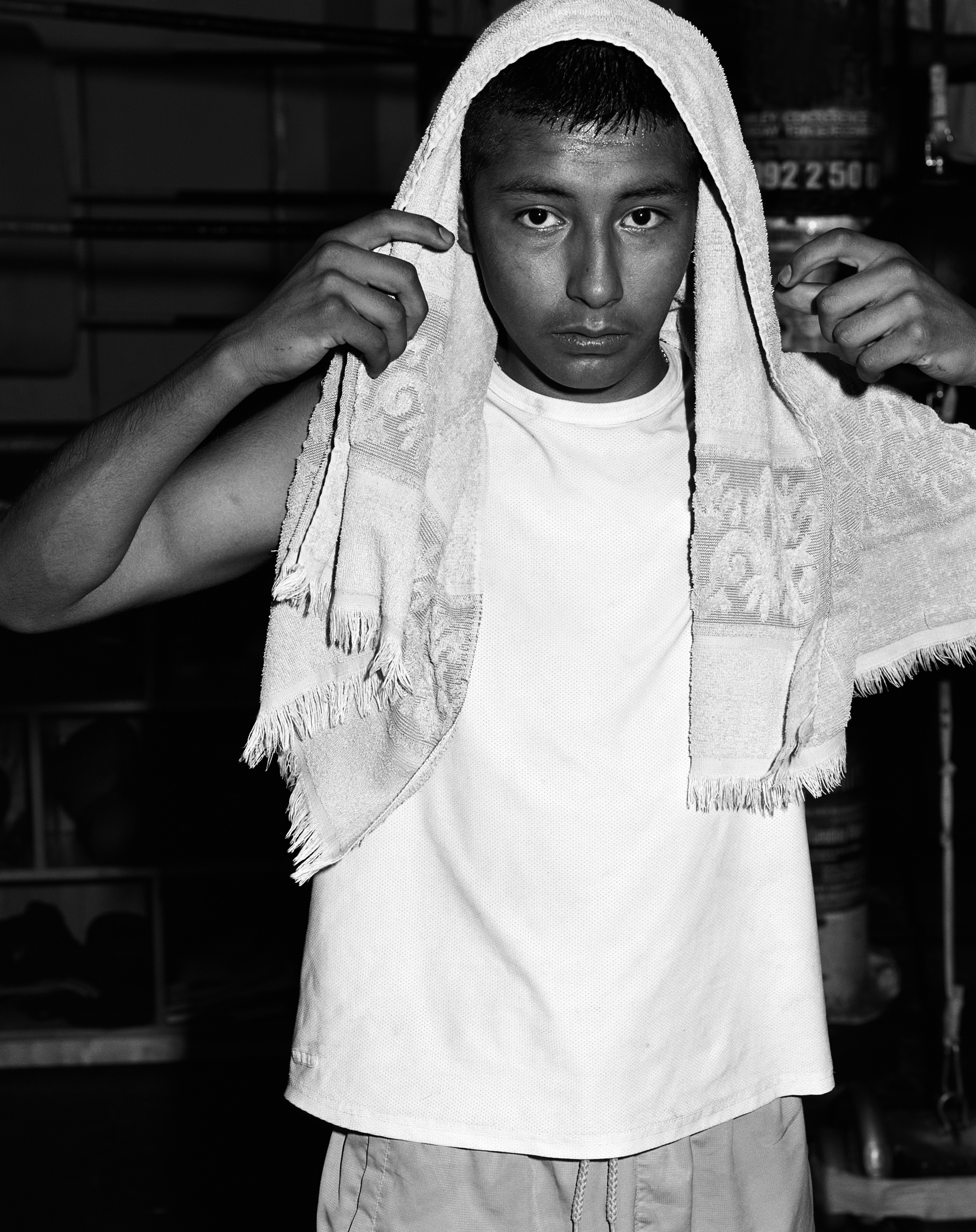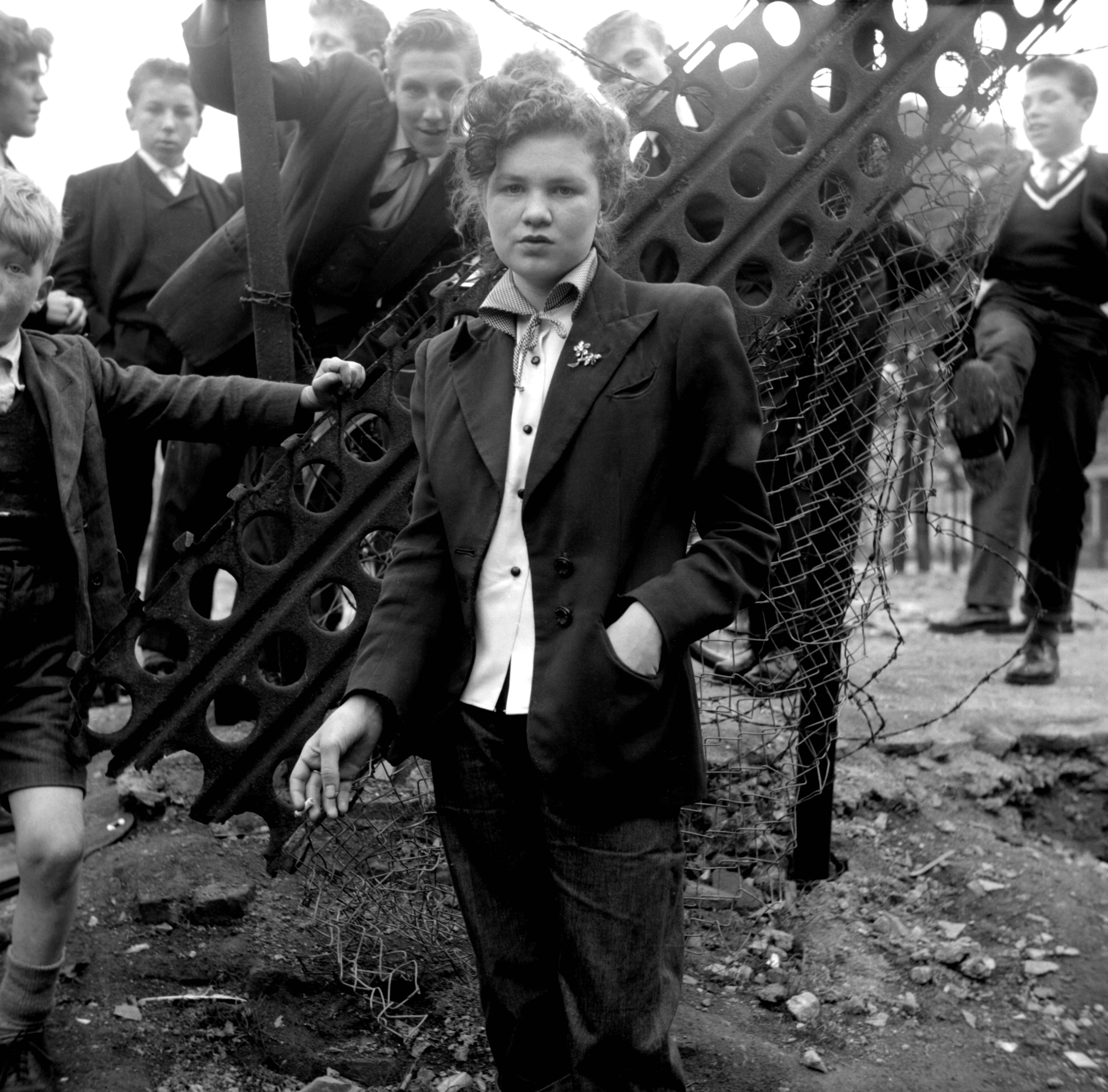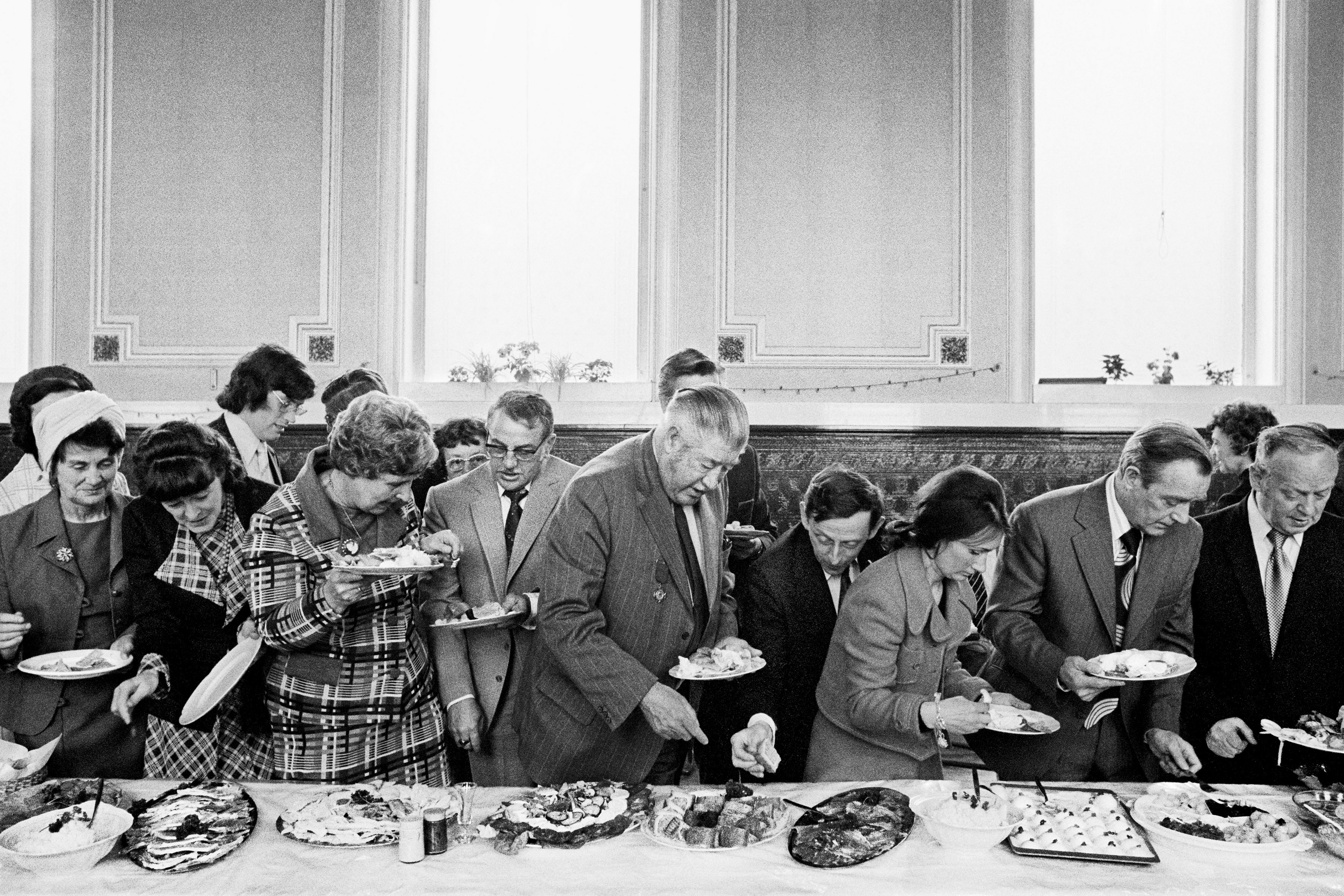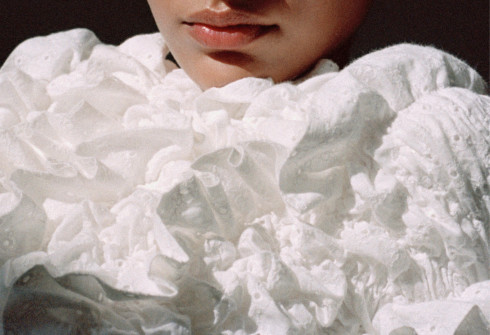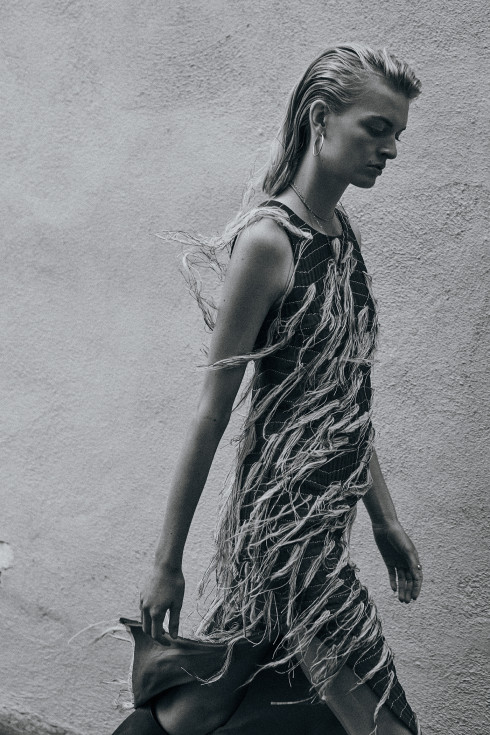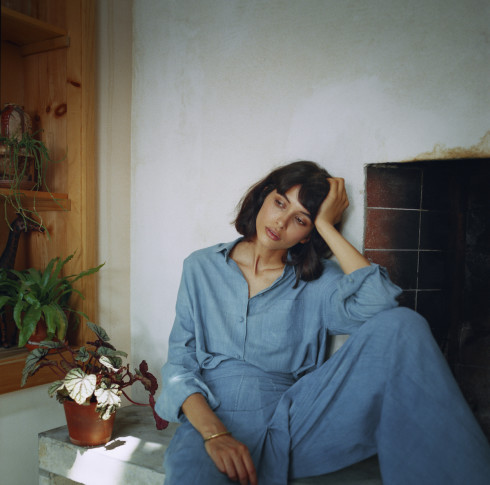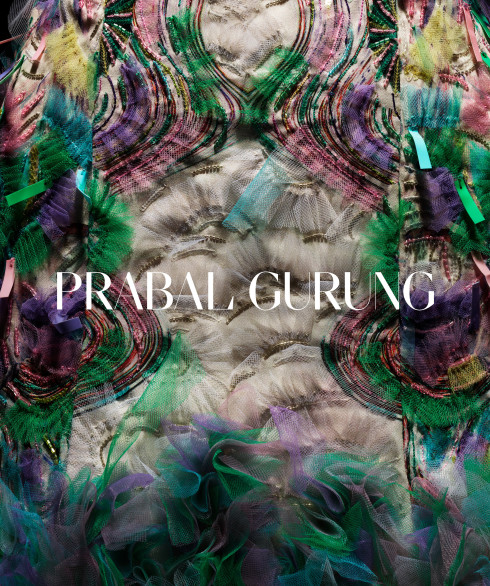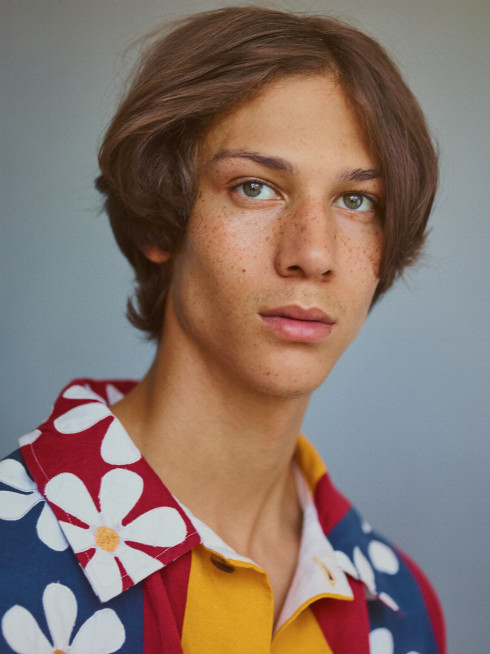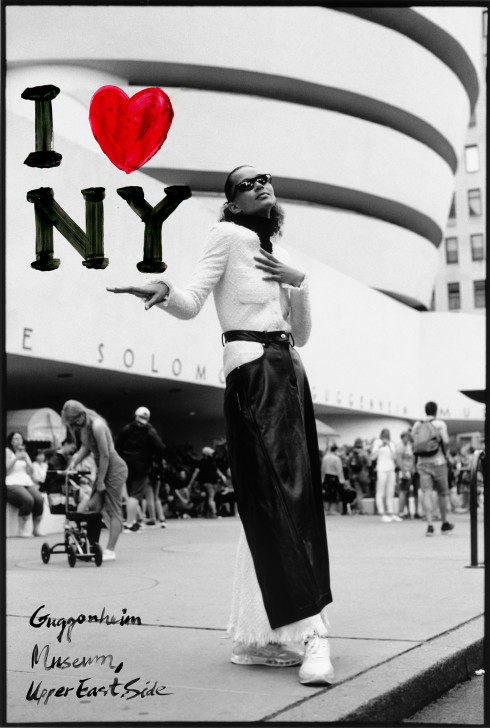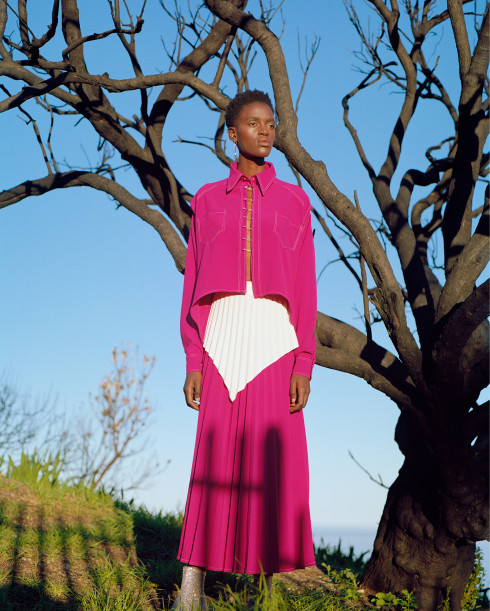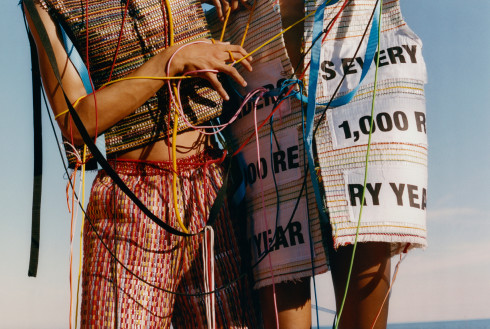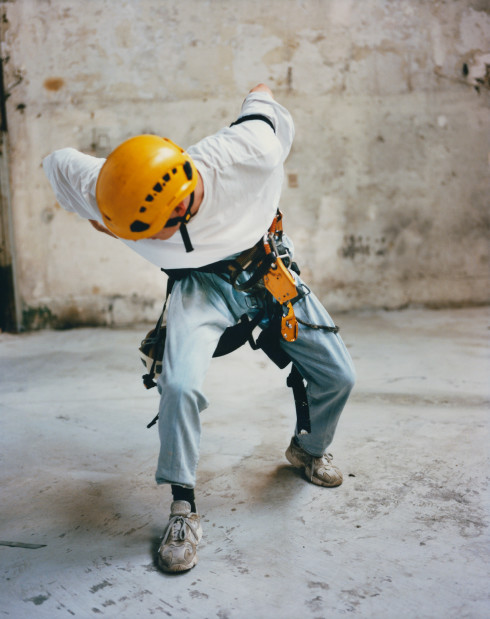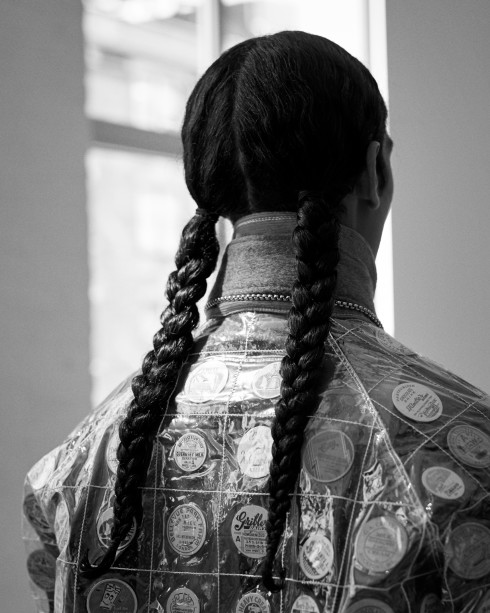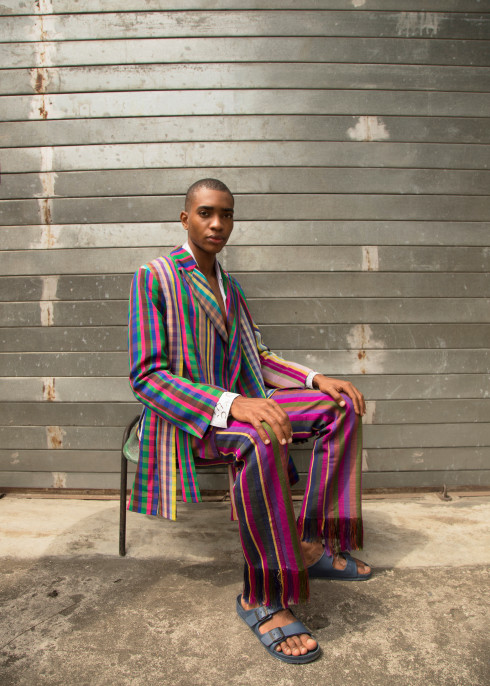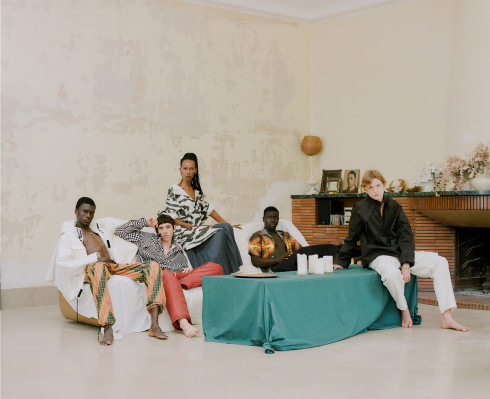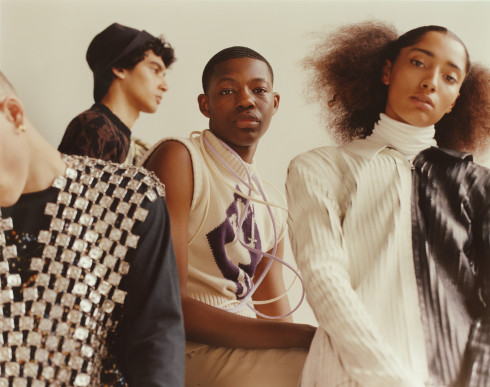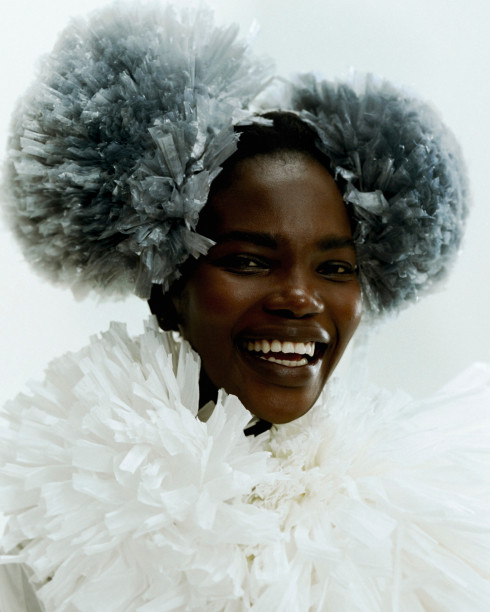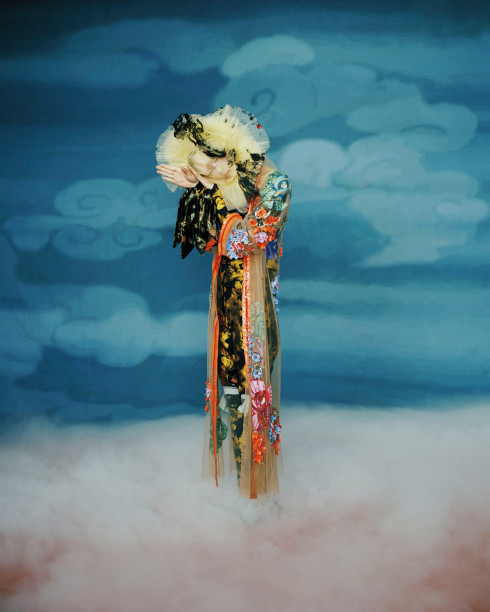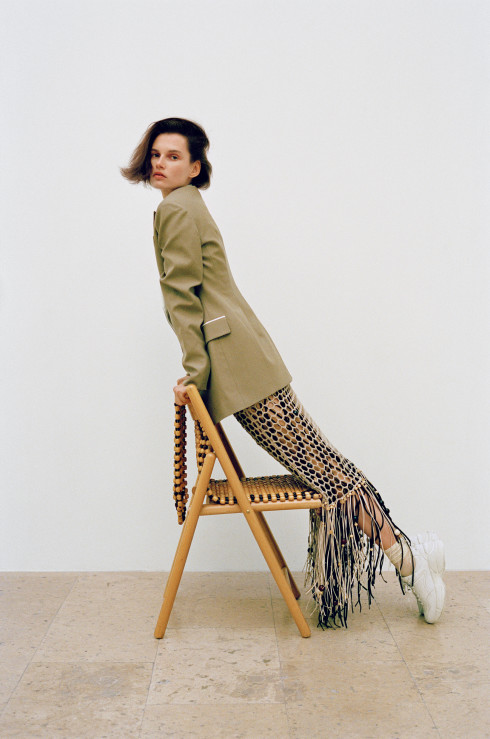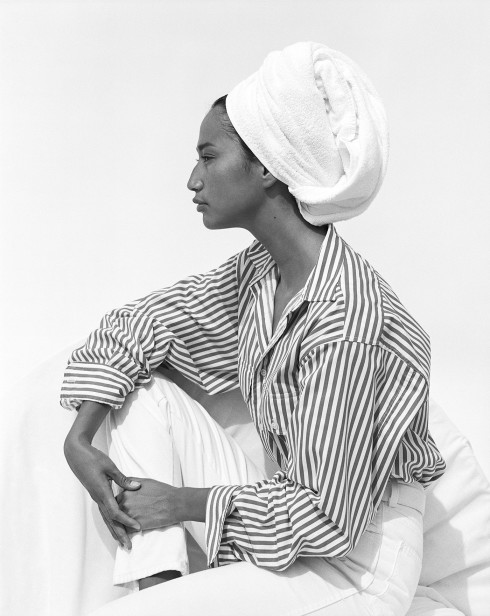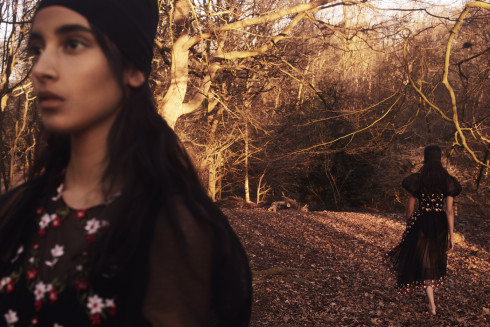- By
- Abigail Southan
BURBERRY CELEBRATES ITS BRITISH HERITAGE IN "HERE WE ARE"
Christopher Bailey is changing the face of the fashion show. He was the first to stream it live on social media, the first to introduce the see now, buy now format and now, for the past three seasons, the chief creative officer of Burberry has ended every single catwalk with the opening of an exhibition. And everyone is welcome. “I’m trying to give context to fashion so that it doesn’t exist purely in this little bubble,” he says. “I remember when I did the Snapchat show, a couple of my peers feeling outrage, saying, ‘That’s not luxury.’ But actually, for an industry that claims to be open and moving forward, I do think it’s important that we do what we say we do.”
So here we are, at the recently reopened Old Sessions House in Clerkenwell, fully immersed in Burberry and Bailey’s world. That’s the name of the exhibition too—”Here We Are,” denoting the unpicking of the brand and its many layers. “I’m definitely in a reflective mood personally and professionally,” Bailey offers. “I’m also trying to figure out identity in a world that’s changing really fast. So, this exhibition is about that exploration. You always need to look to the past to give you some sense of where to go.”
Many of those layers are innately intertwined with a sense of Britishness. And given the year we’ve had, Bailey thought it was about time to celebrate Britain: “I feel incredibly proud of where I live and work and play and bring up my family and see my friends. I think we’ve got incredible people, minds, diversity, and curiosity here.”
We see it in the collection of two hundred photographs, everything from Dafydd Jones’s raucous society kids straight out of the pages of Eighties Tatler to Shirley Baker’s gritty post-war street scenes of working-class Manchester. Even the exhibition and show space exudes this same sentiment, with its plastered walls and unfinished floorboards offset by opulent crystal chandeliers. It all encapsulates Britain at its realest, its rawest. And that was the point all along—”to be honest,” says Bailey.
It’s why he reached out to photographer Alasdair McLellan to collaborate with him on this project, which includes the largest selection of the photographer’s work ever shown together. “I’ve admired Alasdair’s work for a long time,” Bailey says. “As I started this collection I thought, ‘Who would feel this Britishness?’ It was just so natural for me to ask him.” The pair also worked together on the Fall 2017 campaign, traveling up to the North to shoot it. “I’ve had a lot of fun working with him,” Bailey grins. “We weirdly have a lot in common because he’s from Yorkshire and we grew up with the same references. Even though I’m probably a hundred years older than he is,” he jokes.
McLellan’s contributions are magic. His images from across the isles—Northern Ireland, England, Wales, and Scotland—capture an endearing mixture of freckled faces, military muster, gleaming masculinity, and even teenage selfies. They break away from that stiff upper lip Burberry is so often associated with.
The same goes for the September 2017 collection, which takes us through the many eras of Burberry to celebrate every second of its 161-year-old history—high and low—with argyle knits, tartans, oversized Harrington jackets, reworked military uniforms, and the brand’s classic car coats reimagined in clear PVC. (Because what’s more British than a bit of rain?)
Then of course, there are the caps. They alone feel like a poignant piece of history—that now, in 2017, Bailey is reclaiming the emblem once coopted by football youths and ravers. That look he so successfully steered the brand away from back in 2004. Why did he feel ready to do that now? “It was probably just after Brexit that I started to look at my heritage, Britain and Burberry’s heritage,” he explains. “There was a time, fifteen years ago, when the checked cap was really seen as something derogatory and that is an important part of our history. I wanted honesty, and that meant reclaiming things that we may not have embraced as much historically. I’ve never looked on fashion, I hope, in a snotty way. To think that it’s not right for certain types. Fashion is whatever you make of it.”
Of course, Bailey’s ethos reflects so perfectly how we wear clothes in today’s more casual society. These iconic baseball hats are bound to garner attention from younger audiences or streetwear dabblers who already perked up at the mention of the Gosha Rubchinskiy collaboration (the Russian designer has also shot some of the exhibition images). It’s brave and it’s also very clever. It’s very Bailey.
So what does he have up his checked sleeve next? “I am working on another new idea for next season’s show,” he hints. “It’s slightly different from see now, buy now. Every company, more and more, needs to do its own thing because customers who engage with our world, they don’t want some homogenous thing. They want to know what you stand for, who you are.”
“Here We Are” runs through October 1 at Old Sessions House, 22 Clerkenwell Green, London.
- By
- Abigail Southan
